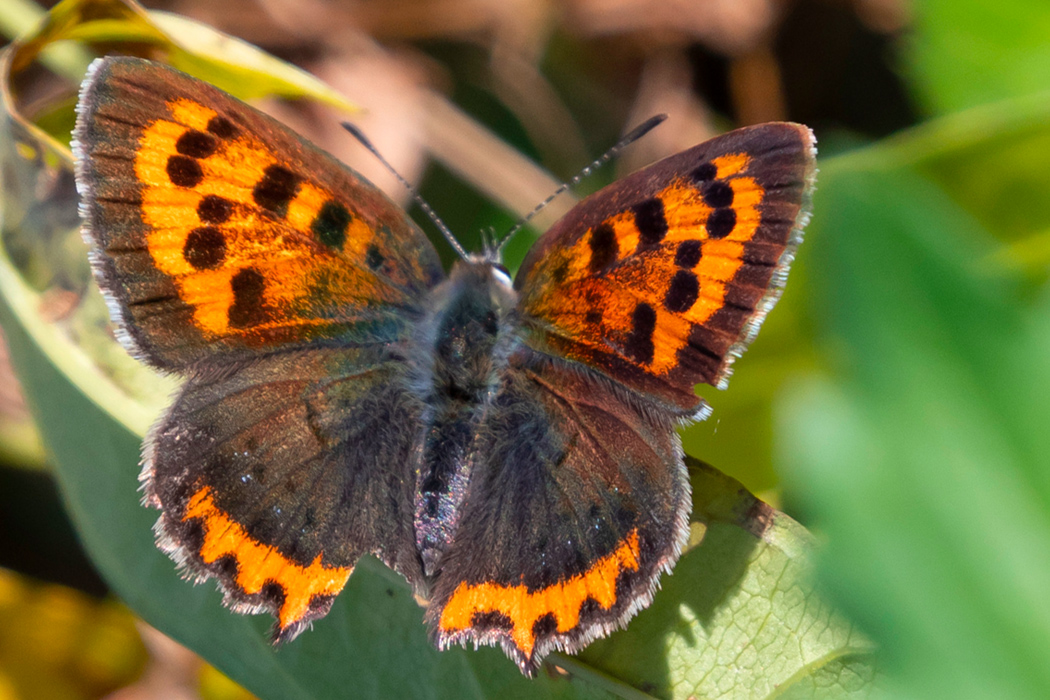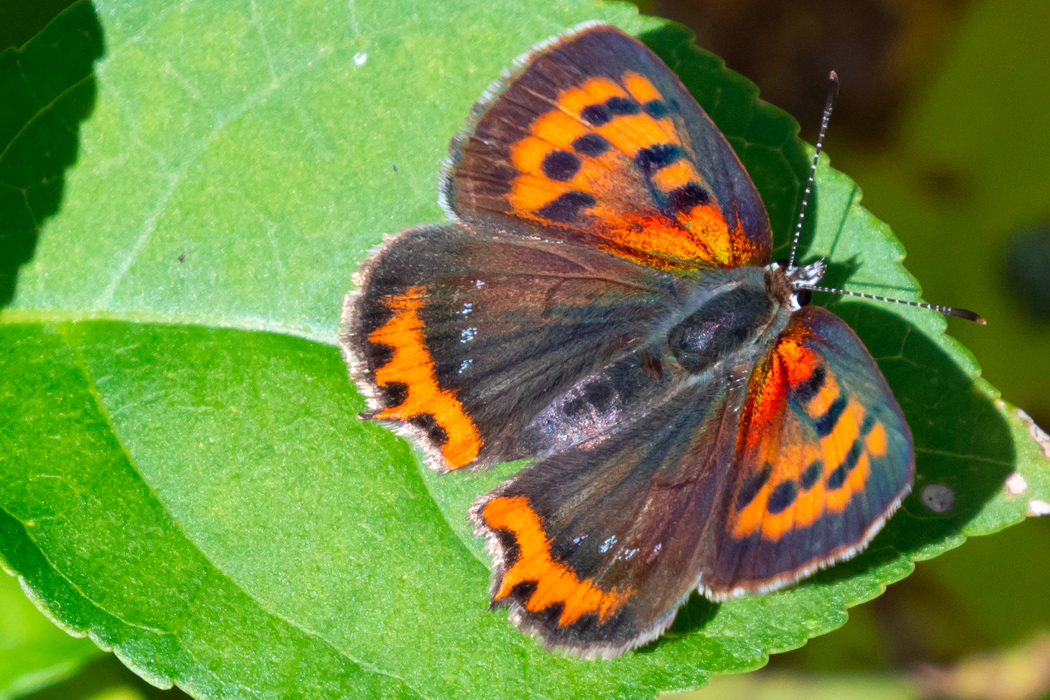
Small Copper
Bright orange with black spots.
| Scientific name | Lycaena phlaeas |
| English name | Small Copper |
| Japanese name | 紅小灰蝶 |
| Classification | Insecta |
| Classification details | Lepidoptera Lycaenidae |
| Full length | 13-19mm |
| Distribution | from Hokkaido to Kyushu |
Characteristics
A bright orange lycaenous butterfly on a brown ground. The orange part of the forewing has black spots, and the hindwing has a large brown part. The wing margins are whitish and the underside is gray.
It can be seen from spring, but the color gradually becomes darker in summer and autumn.
Larva
The larvae of the lycaenid have an oval shape with inconspicuous legs and are light green to purple in color. This color is thought to resemble the knotweed plant that the larvae try to eat.

Ecology
Inhabit grasslands. It occurs several times from spring to autumn, and the larvae overwinter in winter. It feeds on knotweeds such as sorrel and crocodile. Adults fly near the ground in open grasslands and suck nectar from flowers.
Habitat
Found at Katakura Castle Ruins Park, Hachioji City. There are many corbiculas in the park, but in the grasslands facing the Yudono River, there were red corbiculas. It perched on the grass on the ground and stayed still with its wings open for a while, then passed through the houses and returned to the park.
Pictures
Introducing a picture of Small Copper.

Picture book
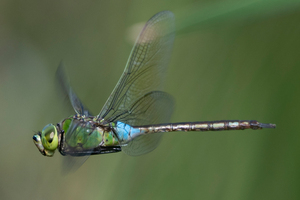
Lesser Emperor
The third abdominal segment reflects silver.......ead more.
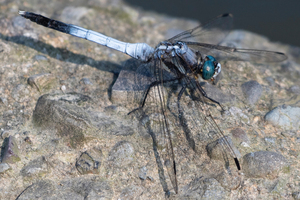
Common skimmer
The male's blue compound eyes are beautiful.......ead more.

zebra turkeyfish
Beautiful fan-shaped pectoral fins.......ead more.

Asian ladybird beetle
The markings have a variety of patterns.......ead more.
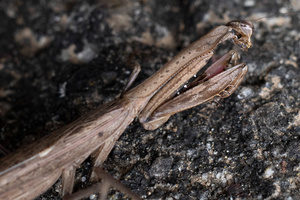
Asian jumping mantis
A small praying mantis with a dead leaf color.......ead more.
